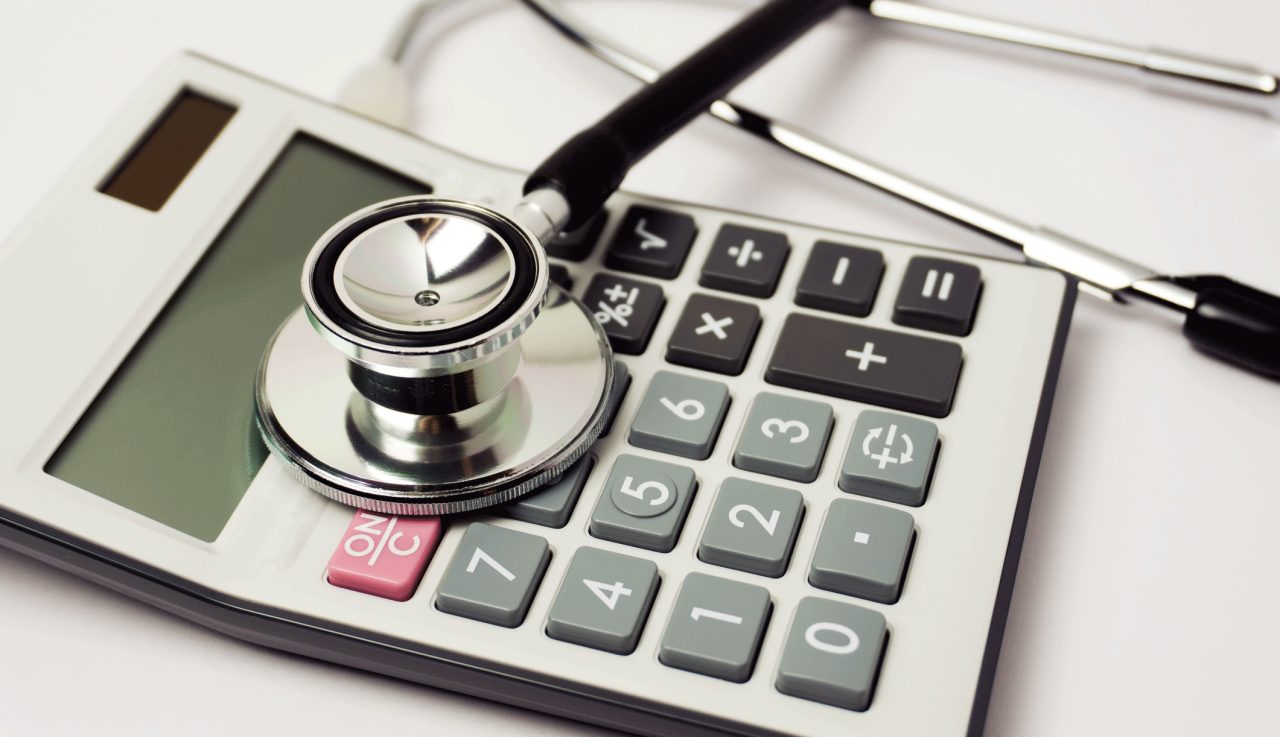How to Estimate Your Healthcare Costs

There’s no guaranteed way to predict your exact yearly healthcare costs. But you can take steps to make a realistic estimate, so you can budget accordingly.
It’s no secret healthcare can be expensive. But just how much it costs can be a shock. Overall, Americans spend about $4.3 trillion a year on medical treatments, preventive care, prescription drugs, and other health expenses, according to a U.S. federal government report.
That number breaks down to more than $12,000 per person, with almost 60 percent of the spending going to hospitals, doctors, and clinical services. A federal law aimed at reducing prescription medicine costs may have restrained increases at the start of 2023, when manufacturers historically increase list prices for brand-name medicines. Still, on average, the price increase approached 7 percent.
Although averages and statistics are helpful information to put healthcare costs in perspective, they don’t provide an accurate picture of what your own healthcare costs will likely be each year.
That’s why figuring out how to estimate your healthcare costs should be an integral part of your annual budget and financial planning.
How to estimate your healthcare costs involves taking a detailed look at your medical and related expenses over the last year or two.
YOU MIGHT ALSO LIKE: Our Price Transparency in Healthcare section
Health insurance costs more than just your monthly payment
Whether you have health insurance through your employer or you pay the full premium yourself, you need to include your monthly premium into your estimate of healthcare costs.
You also need to add these insurance-related costs, in addition to your premium, into your estimate of yearly healthcare costs:
- Your deductible. How much are you required to spend for covered health services before your insurer pays anything (except free preventive services).
- Copayments and coinsurance. If you don’t know, call your insurance company to find out how much you have to pay each time you get a medical service after you’ve met your deductible.
- Your out-of-pocket maximum. This is most you must spend for covered services in a year. After you reach this amount, your insurance company pays 100 percent for covered services (but remember, the key word is “covered” services).
If you have healthcare coverage through Medicare, be aware it does not cover all healthcare and drug costs. Visit the Medicare website for information on coverage. You can also use this online toolv to estimate your healthcare costs with Medicare-only coverage, to see whether adding additional coverage (Medigap, a prescription plan, or a Medicare Advantage plan) for an additional monthly premium is right for your healthcare needs.
List your expenses for last year
There’s much more to consider than health insurance when you estimate your healthcare costs for the year.
As you calculate last year’s medical expenditures to help predict upcoming costs, consider how many times you visited your doctor over the past 12 months and what your co-pay was.
If you have a chronic health problem that requires not only regular doctor visits but also periodic tests, add your co-pay and any other related expenses for those medical charges to your list of projected healthcare costs for the year. Likewise, if you take any prescription drugs, make note of how much you pay for the medication, if your insurer does not fully cover the cost.
In addition, don’t forget to include healthcare costs that are typically not covered by insurance, including supplements and over-the-counter drugs you take regularly, such as heartburn medication and aspirin.
Eye exams and new prescription glasses and contacts need to be considered as part of your yearly healthcare costs, too.
If your doctor has prescribed a regular exercise program and you are working out with a trainer or at the gym, add that to your expenses — it should be considered an out-of-pocket healthcare-related cost.
Don’t forget to add costs for dental care. Consider the premiums if you have dental insurance, as well as co-payments. But if you do not have dental coverage, include the cost of regular cleanings, check-ups, and potential fillings and other dental procedures, using your past dental history to estimate your possible year costs.
You can’t predict all healthcare costs
If you add up your costs from last year, you’ll see how much you spent and have some idea of what your costs may be in the future. Of course, it’s impossible to predict the exact amount. There are potential emergencies you can’t foresee, and there’s no crystal ball to know for sure whether you’ll develop a condition that needs additional or new treatment.
But you should have a contingency fund set aside for unexpected healthcare costs that may arrive.
YOU MIGHT ALSO LIKE: Why You Should Estimate Your Healthcare Costs
Updated:
September 08, 2023
Reviewed By:
Janet O'Dell